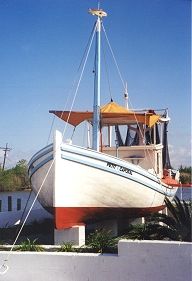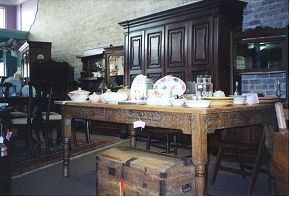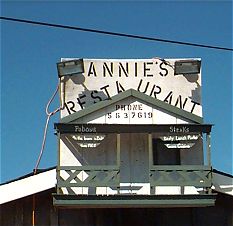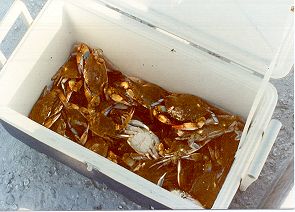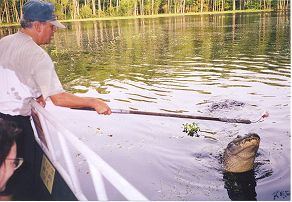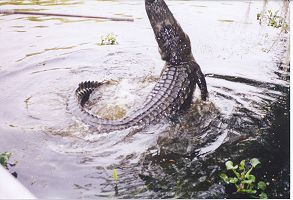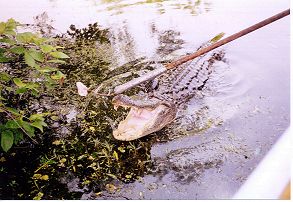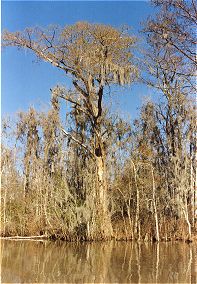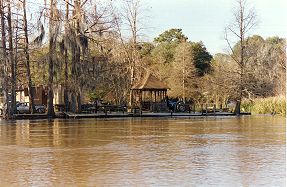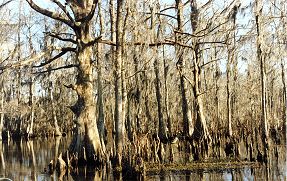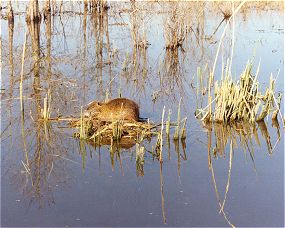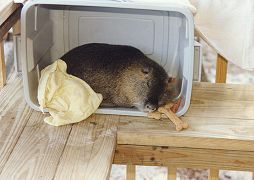Along Bayou Lafourche
The Petit Caporal, named after Corporal Napoleon Bonaparte, was the first motorized commercial fishing vessel in the Golden Meadow area. Its owner, Leon Theriot, Sr., rigged his sailing vessel with a 3-horsepower tractor engine in 1902. He requested that the boat be permanantly displayed along Bayou Lafourche as a historical landmark.
The
Talking Tree of Golden Meadow is an example of a "living museum"
Gautreaux's Bed and Breakfast
in Golden Meadow offers
From Thibodaux south to Cocodrie
Historically, Thibodaux has been an important center of trade and finance in bayou country. Today, tourists can browse shops like Debbie's Antiques.
Annie and brother Clyde Dionne (center & right in upper-right picture) at Annie's Restaurant in Dulac. Clyde has been a friend of the sociology department for many years. The occasion here is a photo-shoot with a New York gourmet magazine.
Shrimp boats and shrimp sorting around Dulac and Cocodrie
Crawfish,
crabs, andouille sausage, potatoes, and corn. Come to
...And of course, there's fishing...
Crabbing
off a small bridge in Dulac. By the end of the day,
Swamp
Tours
Alligator
Annie's swamp tour, near Houma. Annie is in her 70s and decided to retire
-
Dr. Paul Wagner, operator
of the Honey Island Swamp
Tours, on the Pearl River
Swamp
scenes in winter, including Ibises in the tree (bottom).
Nutria, a large rodent,
were introduced by accident into the Louisiana wetlands
Thanks to Jennifer Melancon for providing some of the photos & captions on this page. See her article in the South Baton Rouge Journal, "Havin' Some Fun on the Bayou," May 2000
|
